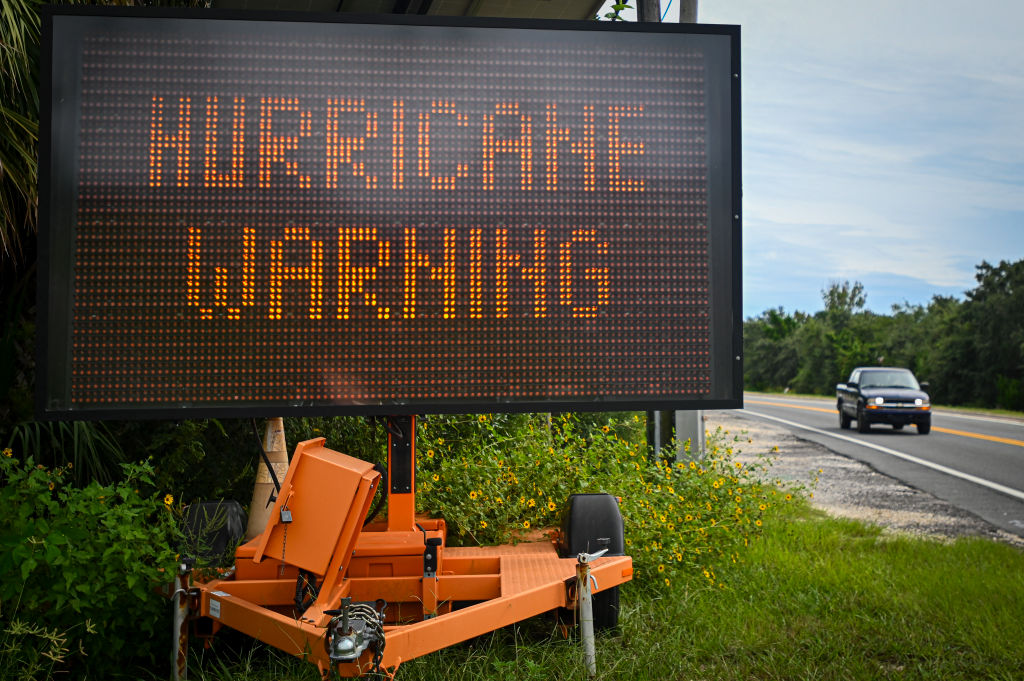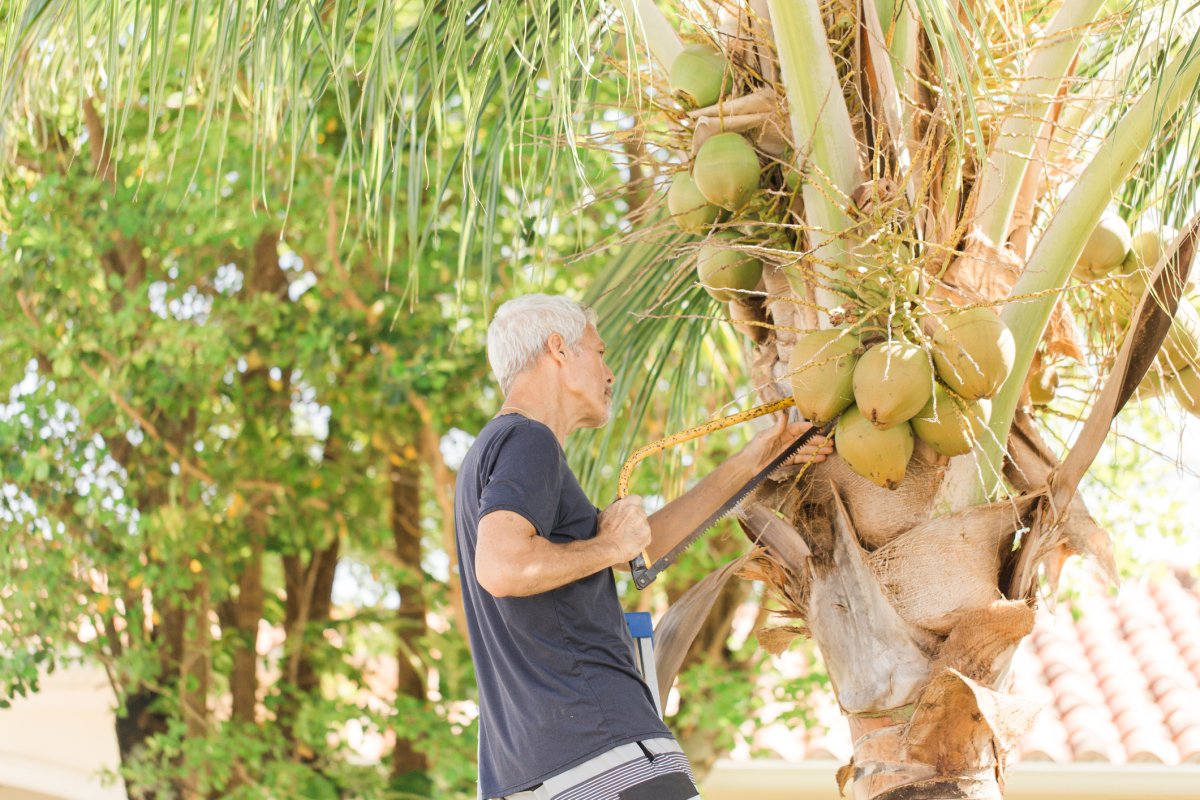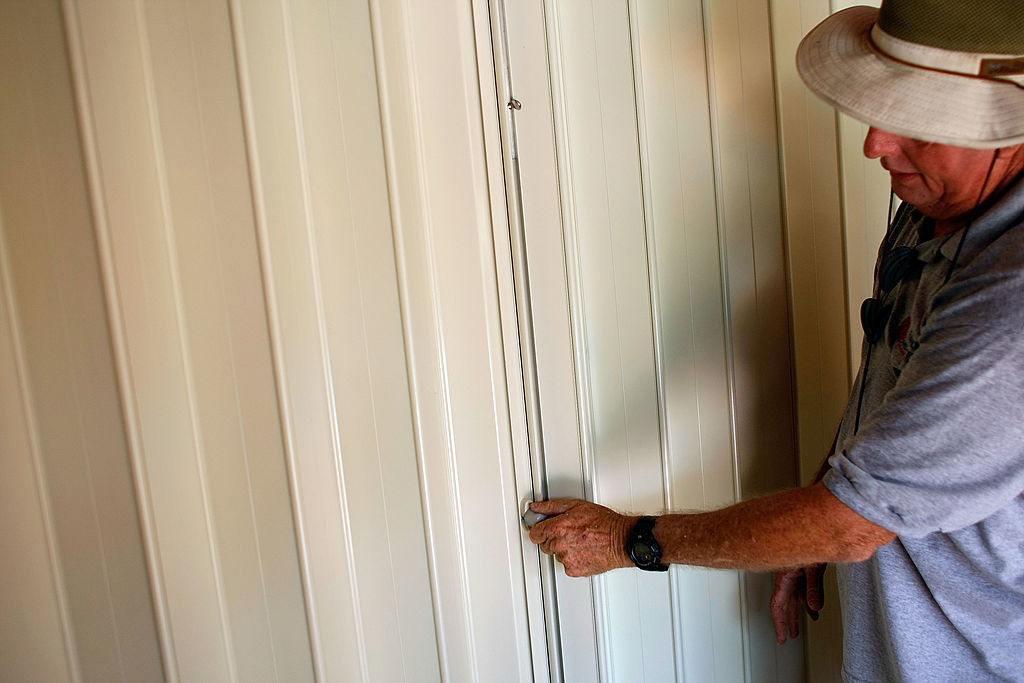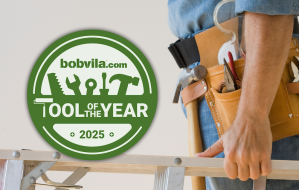

We may earn revenue from the products available on this page and participate in affiliate programs. Learn More ›
While hurricane season officially begins on June 1 each year, we make sure to be ready for storms starting in August. Historically, the most hurricane activity occurs between mid-August and mid-October, with the peak around September 10.
This year, the National Oceanic and Atmospheric Administration (NOAA) predicts an above-normal Atlantic hurricane season with 13 to 18 expected named storms with winds of 39 mph or greater. Of these, five to nine could become hurricanes (winds of 74 mph or greater), including two to five major hurricanes (winds of 111 mph or greater). This expected activity is due to warmer-than-average sea surface temperatures in the tropical Atlantic Ocean and Caribbean Seas, an active West African Monsoon.
After living in South Florida for 20 years, we have our hurricane season prep down to a science. Here are five steps we are taking to prepare for potential strong storms in our area.

1. Trim trees and remove coconuts.
We always make sure to have our landscapers come to trim our trees and remove any coconuts and dying fronds from palm trees on our property in late spring or early summer before hurricane season starts. This is such an important safety measure to prevent flying debris from damaging both our home and our neighbors’ property, since dead or damaged tree limbs and coconuts can become destructive projectiles in hurricane-force winds that can reach 120 mph. This critical step can reduce the likelihood of windows, roofs, and other structures getting damaged during a storm.
2. Test the backup generator.
When we moved to Florida, we quickly realized how important it is to own a backup generator. In our previous house, we had a portable generator, but now we have a built-in generator to protect us during any extended power outage.
No matter what type of generator someone has, it’s important to test and maintain it so it’s ready to function when we need power. Our generator automatically runs a test each week, so we know it’s ready to go during an emergency. Experts recommend hiring a pro annually for regular maintenance to check the fuel level, replace the filter, inspect the spark plug, and other checks recommended by the manufacturer. We like to do this in the spring, with plenty of time before hurricane season kicks off.
3. Bring in awnings and outdoor furniture.
One of the perks of living in Florida is being able to spend more time outdoors than when we lived up North in a colder climate. But this means we have lots of outdoor furniture that we must secure or bring in before a storm arrives.
Depending on the wind speed predicted, we will either move all the furniture into the garage or move it closer to the house and use bungee cords to secure items. We also always make sure to bring in any awnings or sunscreens before the storm approaches. Our awnings aren’t connected to our smart-home system, but it is possible to do so, and a good idea for those who travel a lot during hurricane season so they can control them from afar.

4. Prepare the home’s shutters.
While our current home was built with all hurricane-strength impact windows, our previous home had metal shutters that we needed to bolt in prior to a storm. We had to be prepared with a shutter map to understand where each shutter went on our home. This is often a task done by a handyman or shutter specialist, which makes it challenging to get done once the storm is already approaching.
Some people have accordion shutters, which are much easier to maneuver. However, owners of homes with accordion shutters need to clean, lubricate, and test them each year before hurricane season to ensure they will work properly if needed.
5. Stock up on essential supplies.
Living in the cone of uncertainty every fall means that we remain prepared with certain supplies in case we need to shelter in place. We always have bottled water, canned food and other nonperishable food, propane for the barbecue grill, batteries, flashlights, candles, matches, extra medicine, portable phone chargers, and a first aid kit on hand as part of our hurricane season prep.
